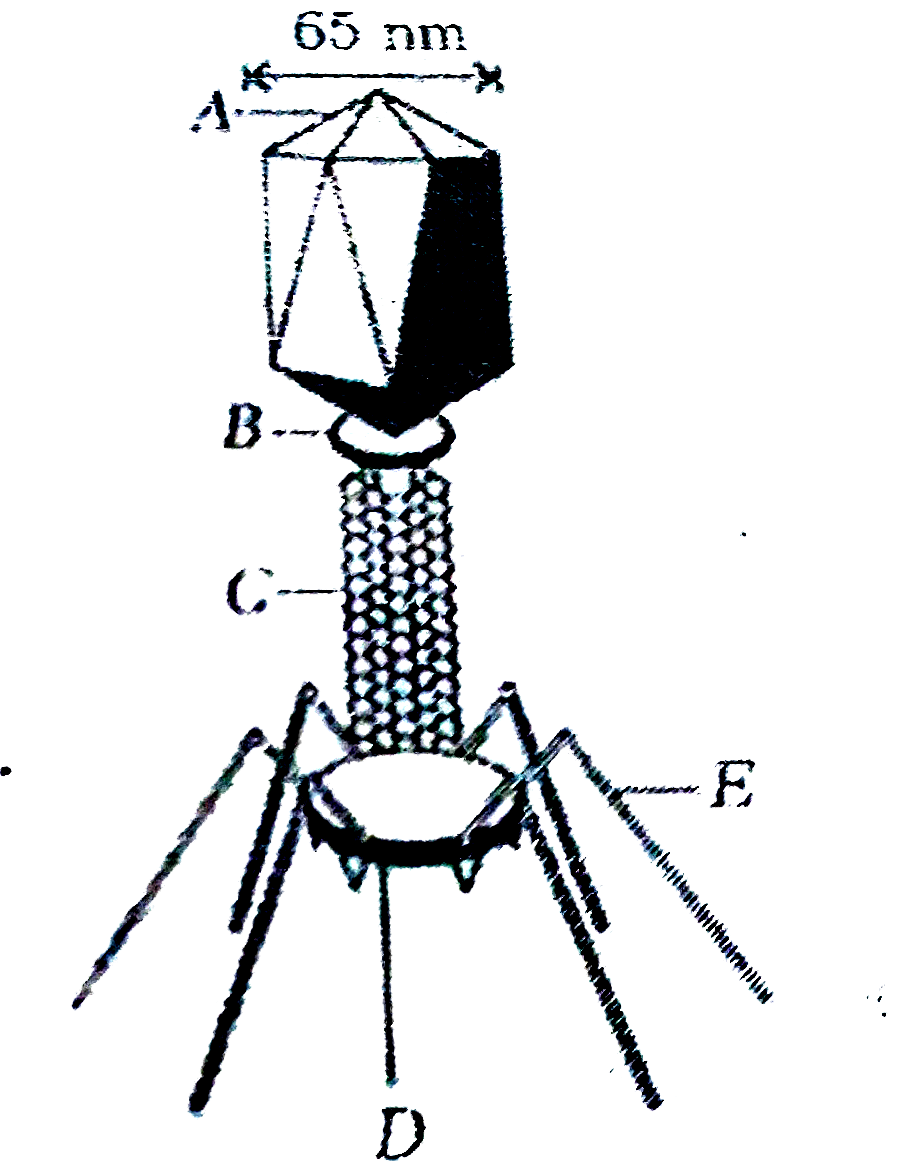Arrange the different parts of the root vertically, from the top to the bottom.
Region of elongation → Root hair → Region of maturation → Region of meristematic activity → Root cap
Region of maturation → Root hair → Region of elongation → Region of meristematic activity → Root cap
Region of maturation → Region of elongation → Region of meristematic activity → Root cap → Root hair
Root cap → Region of meristematic activity → Region of elongation → Root hair → Region of maturation
The correct Answer is:B
To arrange the different parts of the root vertically from top to bottom, we will follow these steps:
1. Root Cap: The very tip of the root is covered by the root cap. This structure protects the delicate meristematic cells underneath as the root pushes through the soil.
2. Meristematic Region: Just above the root cap is the meristematic region. This area contains actively dividing cells that contribute to the growth of the root. These cells are small, thin-walled, and have dense cytoplasm.
3. Region of Elongation: Following the meristematic region is the region of elongation. In this zone, the newly formed cells from the meristematic region begin to elongate, increasing the length of the root.
4. Region of Maturation: Finally, the uppermost part of the root is the region of maturation. In this area, the elongated cells differentiate into various types of cells. It is also where root hairs develop, which are essential for water and nutrient absorption.
Final Arrangement:
- Top: Root Cap
- Next: Meristematic Region
- Then: Region of Elongation
- Bottom: Region of Maturation
- Top: Root Cap
- Next: Meristematic Region
- Then: Region of Elongation
- Bottom: Region of Maturation
Topper's Solved these Questions
Similar Questions
Knowledge Check
Arrange the various regions of the root starting from the root tip / root cap
AMeristematic region → Maturation region → Elongation regionBMeristematic region → Elongation region → Maturation regionCElongation region → Maturation region → Meristematic regionDMaturation region → Elongation region → Meristematic regionMark the correct labelling in the T4-bacteriophage from top to the bottom .
 AABCDECollarHeadBase plateEnd plateTail fibreBABCDEHeadCollarSheathBase plateTail fibreCABCDEHeadSheathTail fibreCollarBase plateDABCDEHeadCollarBase plateSheathTea fibre
AABCDECollarHeadBase plateEnd plateTail fibreBABCDEHeadCollarSheathBase plateTail fibreCABCDEHeadSheathTail fibreCollarBase plateDABCDEHeadCollarBase plateSheathTea fibreThe height of a waterfall is 50 m. Ifg=9.8 ms−2 the difference between the temperature at the top and the bottom of the waterfall is
A1.17∘CB2.17∘CC0.117∘CD1.43∘C
A vertical tower 50ft high stands on a sloping groud. The foot of the tower is at the same level as the middle point of a vertical flag pole. From the top of the tower the angle of depression of the top and the bottom of the pole are 15∘ and 45∘ respectively. Find the length of the pole.
View SolutionCalculate the difference in temperature of water at the top and the bottom of a water fall of 150 m height.
View SolutionA particle was dropped from the top of the tower and at the same time another body is thrown vertically upwards from the bottom of the tower with such a velocity that it can just reach the top of the tower. They will meet at a height .......... after .......... seconds.
View SolutionA vertical tower 50ft high stands on a sloping groud. The foot of the tower is at the same level as the middle point of a vertical flag pole. From the top of the tower the angle of depression of the top and the bottom of the pole are 15∘ and 45∘ respectively. Find the length of the pole.
View SolutionGive two examples of roots that develop from different parts of the angiospermic plant other than the radicle.
View Solution
